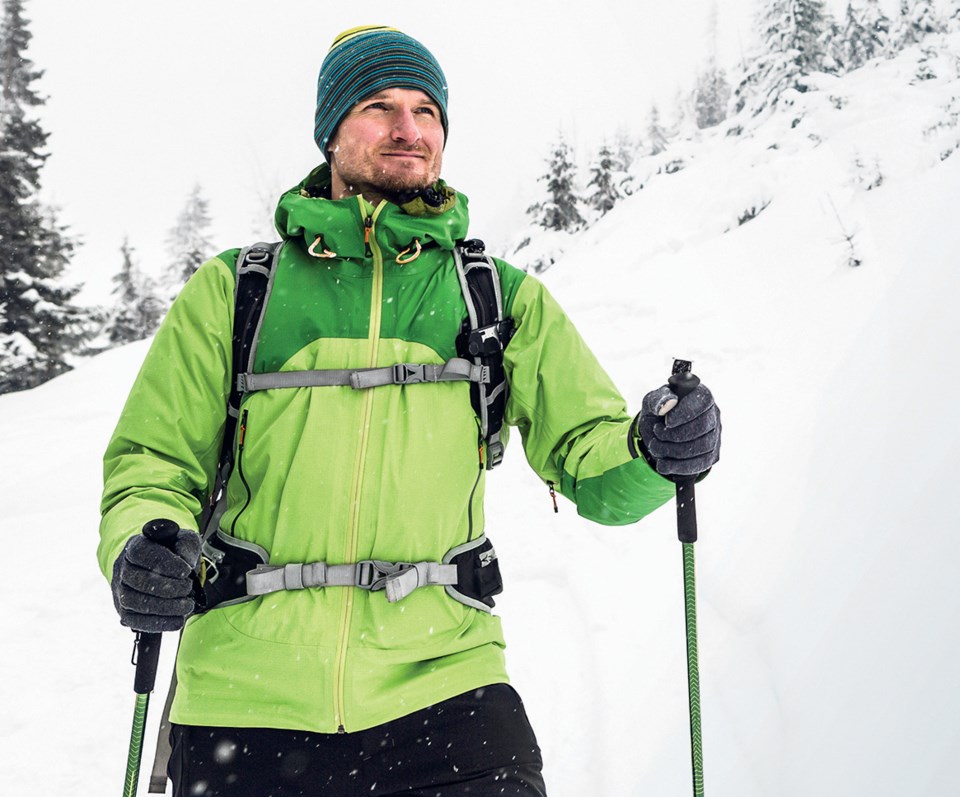Hiking in the winter is a peaceful yet challenging endeavour. How¬ever, it can be dangerous if you’re not well prepared. To make sure your winter hiking adventure is a success, avoid these four common mistakes.
1. Forgetting that water freezes
Carrying and drinking water on a hike is just as important in the winter as it is in the summer. However, it will freeze if you don’t take the necessary precautions. Carry it in the middle of your bag or near your body to keep it as warm as possible.
Also, water freezes from the top down, so take a tip from serious mountain climbers and carry your bottle upside down. This way, ice will form at the bottom of the bottle rather than the top.
2. Overestimating your abilities
Walking in the snow, both on foot and on snowshoes, is more challenging than walking on land. Allow more time for a winter hike than you would for a summer excursion of the same distance.
Also, remember that the days are short in winter, so plan accordingly to be back before sunset.
3. Wearing cotton
Cotton absorbs moisture and takes a long time to dry, leaving you at risk of losing your body heat fast. Instead, opt for clothes made from synthetic materials, merino wool or silk.
4. Not layering properly
The weather can change quickly in winter, especially when climbing, so it’s important to dress in layers that you can shed as needed.
Wear a moisture-wicking base layer next to your skin, a polar fleece middle layer and a wind- and water-proof shell and pants on top. Finally, for your outermost layer, put on a down jacket and pants. Be sure to also bring extra warm clothes as well as a spare hat and mittens.
In addition, be sure to remember to fuel up as you go. It’s easy forget to eat while hiking in the cold, so don’t neglect to carry and munch on snacks throughout the day.




